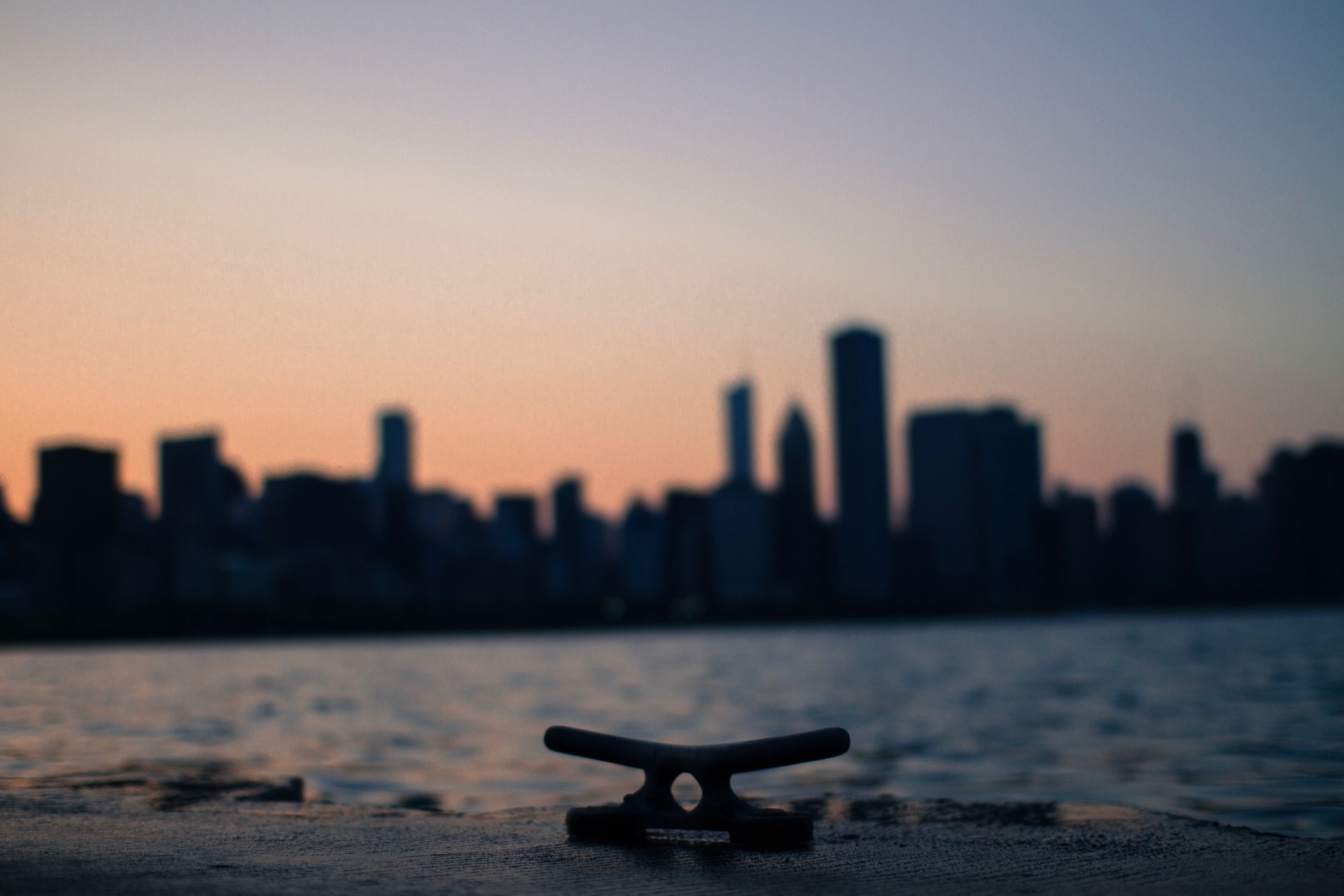
If you’ve ever strolled down the Lake Michigan shoreline, you know how impressive the Great Lakes can be. Cognitively, you understand it’s just a lake – a landlocked body of usually fresh, not salt, water – but the breadth and majesty of it might as well belong to an ocean.
This intuitive awe of the Great Lakes is even better deserved than you might think. These huge bodies of water comprise a whopping percentage of the Earth’s fresh water. Plus, they are a “strategic opportunity” to better Chicago’s economic standing – and the Midwest’s in general.
That’s not to say we should simply capitalize on a neighborhood resource. Rather, we have a responsibility to be good stewards of our environment by doing right by the Great Lakes.
Let’s take a look in today’s spotlight.
Why Are the Great Lakes So Important?
 Caption Obvious warning: The Great Lakes are HUGE.
Caption Obvious warning: The Great Lakes are HUGE.
“Carved by ancient glaciers, these lakes contain approximately 20 percent of the world's surface fresh-water supply and 95 percent of the surface fresh water in the United States,” explains Water Encyclopedia. “The Great Lakes waterbody is so large that its natural features can be seen from the Moon.”
Whoa, dog. That’s big.
Given the world’s increasingly desperate water plight, that 20 percent figure makes it critical that we protect those lakes. As in, now.
What Threats Do the Great Lakes Face?
Unfortunately, like any other body of water in the world, from fresh to salt, our lakes face many threats.
Nutrient runoff from agricultural and traditional landscaping activities lead to eutrophication, overly large inputs of nutrients that feed algae and cause blooms – to the detriment of other species, which cannot survive in the resulting oxygen-depleted waters.
We also pour chemicals, toxins and disease into the Great Lakes from a huge variety of sources. That includes industrial wastewater, home greywater, sewer systems and more. Stormwater runoff – rain that sheets over impermeable surfaces such as sidewalks, streets and parking lots – carries even more pollution into those formerly pristine waters.
Overall, it’s a bummer of a situation. We can’t just shrug and say, “Well, it still looks blue ... so that’s fine, right?”
It’s not fine. And we need to do something today.
What Can We Do to Help the Great Lakes?
The good news is, there are numerous ways we can start prioritizing water conservancy and cleanliness today:
- Install stormwater management systems such as green roofs in urban and suburban areas
- Start using intelligent irrigation techniques
- Consider blue roofs that harvest and store rainwater to decrease stormwater runoff and pollution
You should also read up on water scarcity. It’s a major problem today, disproportionately affecting women and girls, who are responsible for the vast majority of water-gathering activities in less developed countries. It is absolutely critical that we safeguard our fresh water resources for ourselves and others. The Great Lakes are a true gift, and it’s our responsibility to do so today ... and always.
Okay, we’re taking our soapbox out back and donating it now. Still, if you’re interested in learning about any of these solutions, or speaking more on the subject of the Great Lakes, we would love to hear from you!

